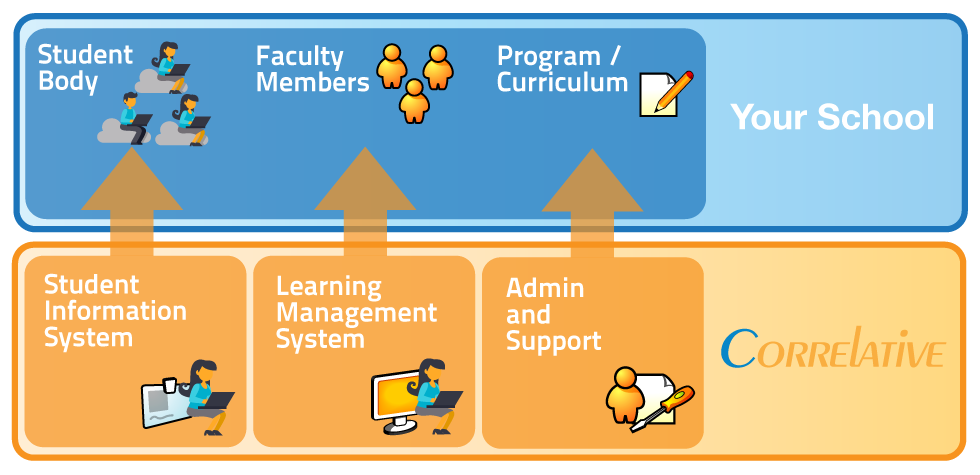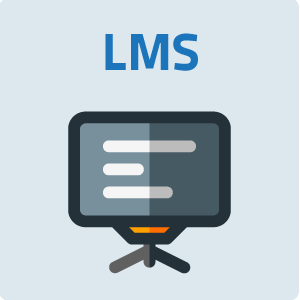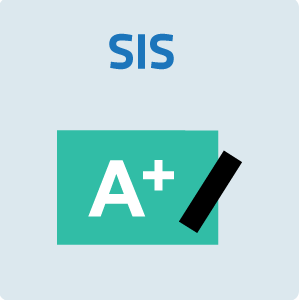
Basic Skills - Activities of Daily Living
The "Certified Nurse Aide (CNA) Basic Skills Training" course is designed to equip students with the fundamental skills and knowledge required to become competent and compassionate Certified Nurse Aides. This comprehensive course focuses on essential nursing skills, patient care techniques, and ethical considerations vital for providing high-quality healthcare in various settings. Through a combination of theoretical learning and hands-on practical training, students will develop the expertise needed to excel in their roles as CNAs.
|
Module 2 |
Recommended number of hours |
|
Caring for the Resident’s Environment |
1 hour |
|
Bedmaking |
4 + 1 hours simulation lab |
|
Module 3 |
|
|
Activities of Daily Living |
|
|
Transfers, Positioning, and Turning |
3 +1 hours simulation lab |
| Bathing and Mouth Care Grooming Dressing Skincare |
10 +2 hours simulation lab |
| Assisting with Feeding and Hydration Proper Feeding Techniques |
2 +1 hours simulation lab |
| Toileting | 4 hours |
|
Total |
29 hours |
- Teacher: Correlative Administrator






